If you have yet to read the introduction to the Sossusvlei Desert Lodge and the NamibRand Dark Sky Reserve, the equipment available and the observing report from night one, it can be found here.
If you have read night one but not night two, which covers the world’s highest sand dunes found in Sossusvlei, as well as a stargazing session that ran from dusk-till-dawn, including a comedic search for Comet ISON before sunrise, that can found here.
I was still dreaming of astronomical fame thanks to the previous night’s discovery of Comet Hodgson – McCarty when a tap on the shoulder came, pulling me back into the world where experienced astronomers do not excitedly mistake Hubble’s Variable Nebula for a comet, to be reminded that we had an on-foot excursion to view some nearby San Bushman cave paintings which were thousands of years old. Despite having only had a couple of hours sleep, this was one activity where the pillow was less appealing than the walk as we failed to fit this in two years ago.
The San Bushmen are the indigenous people of Southern Africa and were traditionally hunter-gatherers, though the pressures of the modern world have seen them switch to farming over the last 60 years. The San are one of the 14 known extant ancestral population clusters from which all modern humans are descended.
The walk to the paintings leads past four of the hills which cradle the Desert Lodge and frame the plains that lead to distant dunes. The trip to the cave is a leisurely hike of about 45 minutes though the final ascent to the cave is somewhat more strenuous, sitting several hundred feet above with a steep and rocky climb the only way to reach them.
The principal colours used in the paintings were variants of red, derived from red ochre (iron oxides), ferric oxide and haematite, yellows from limonite and yellow ochre, as well as black from charcoal, soot and manganese and white which was made from a variety of substances including lime, clay and gypsum.
Among all San groups of Southern Africa, the most important ritual is the Great Dance. In this dance, the San claim to harness a spiritual power which can be used for all manner of purposes including healing, hunting and bringing rain. Many of the images we saw were clearly of groups engaged in this sacred dance though unfortunately most of the paintings are rather exposed around the entrance to the cave and years of weathering has removed much of their original vibrancy. Along with the images of dancers, were a number of animal drawings including a rather fortunate giraffe who was well protected under the lip of a rock ledge.
On the way back to the lodge we walked past the observatory and I found my thoughts wondering once again to the astronomical and the thought that many of the photons intercepted by our eyes that night would have started their long journeys when those paintings were first created.
Night Three – Seeing the Sun Rise for a Second Time and Comet ISON Attempt Version 2.0
The talk among the lodge staff during the day was of clouds arriving within the next 24 hours, not unheard of even in this glorious location for stargazing, but certainly not that common, so once again to ensure the night was as productive as possible I scoured my star atlas for new and interesting DSOs to view, though slipping in more than one showpiece which had been viewed over the previous two nights.
On the way to dinner I was reminded just how seriously the Desert Lodge takes their location in Africa’s first dark sky reserve and the importance of maintaining a dark adapted eye by all the red lights that illuminate the pathways and doors to each villa.

Left: The pathways to the villa are illuminated by red lights. Right: As are the entrances to each Villa.
With the threat of clouds looming over the fourth night, I decided not to pass up what might be the final opportunity of this trip to view some of the early setting objects, quickly taking in some lovely views of Mercury, Saturn and a nearly 3 day old moon that straddled both before moving on to a few DSOs including the huge and ever impressive Omega Centauri.
After dinner the first DSO on the new list was NGC 6302 (C69), the Bug Nebula in Scorpius. Located about 4 degrees from Shaula and Lesath, the Stinger Stars in the scorpions tail, this planetary nebula has the distinction of being the first object imaged with the European Southern Observatory’s VLT 8.2 metre telescope. The planetary nebula is bipolar and among the most complex observed in objects of this type. The central star is one of the hottest known, with a surface temperature estimated at 200,000 Kelvin and a mass of 0.64 solar masses, though it avoided direct detection until 2009 when the HST Wide Field Camera 3 captured it. The difficulty lies in much of the white dwarf’s emission being in the ultraviolet combined the amount of obscuring material which envelopes the star being highly absorbing in the ultraviolet. The bug nebula at the eyepiece looks a little bit like an insect that has been flattened by a giant newspaper on the celestial dome. It benefits from a high surface brightness and there was a definite bluish hue, almost appearing as though two small comets were colliding head on with a dark lane separating them.
After taking in a few more DSOs of interest near the galactic centre, we decided to switch our attention to a few of the more northern constellations including Cygnus and Vulpecula. NGC 6940 was a standout being a rich open cluster in the Fox, which contained approximately 70 stars with a solitary orange star in the centre in stark contrast to blue white stars of the rest of the cluster. The extent of the OC was such that it filled the view of the 32mm plossl.
Next up was M11, better known as the Wild Duck Cluster. Located in Scutum, it is one of the richest and compact open clusters known, containing an estimated 2,900 stars, all within a 25 light year diameter. In the early 1930’s Robert Trumpler, working at the Lick Observatory in the US, calculated that should a civilisation live at the centre of the cluster (unlikely given its relatively young age of 220 million years), that their sky would contain hundreds of magnitude +1 stars. To put that in perspective, our night skies contain only 22 which exceed +1.5. The view is dominated by bright yellow and blue stars, and the “V” shape of flock of ducks was plainly apparent. Looking directly to the core, I saw the outline of an egg-timer with swirls of stars emanating outwards and circling back into the cluster.
We next swung round to a constellation firmly placed in the Southern Skies, Tucana to look at NGC 362. Often overlooked (including by me in the previous two nights) in favour of the magnificent 47 Tucanae, had this GC been located anywhere else in the sky it would be far more appreciated. Its discoverer, James Dunlop likened it to M2 in his original notes, a globular found in Aquarius. I would agree with that assessment. While its apparent dimensions are a touch smaller, it shows very similar structure and core brightening development as M2. Globular Clusters are often said to be some of the oldest objects in the Universe, many with estimated ages of more than 13 billion years. NGC 362 is a relative spring chicken by comparison. The cluster is found to be fairly metal rich with 1/14 of the metals content of the Sun, indicating the population of stars are of a younger age and plots on a colour-magnitude diagram lead to an estimated 10.3 billion years. Of course, while we were here, we did sneak another look at 47 Tucanae!
By now, the more familiar northern hemisphere winter constellations of Orion, Taurus and Auriga were clearing the hills behind the observatory. Never one to pass up an opportunity for some of the treasures found in this region of the sky, we took in a number of Messier objects including M1, M36, M38, M42 and M76. Of course while we were here, we decided to have another go at IC 434, the Horsehead Nebula, after the previous night’s possible “averted imagination” sighting. Starting once again at the belt star Alnitak, the classic litmus test of the Flame Nebula was passed so we moved the scope the short distance to the Horsehead. Was it visible? Debatable is probably the fair answer. If anything it was little trickier to pull from the dark background than the previous night. Kicking myself once again for not having the good sense to bring some of my own astronomy equipment with me including a hydrogen-beta filter, we moved on.
The next object on my list was one I have never viewed before, despite being well placed in Auriga. Namely AE Aurigae. Now a star may not seem that exciting, but this one is for a few reasons. AE Aurigae is known as a “runaway star” which is believed to have been ejected at high speed from the Trapezium Cluster in the Orion Nebula around the same time as the genus Homo roamed Africa 2 million years ago thanks to overly close encounter with a binary star system. AE Aurigae is also an irregular variable star. However, these qualities are not what interest me most. AE Aurigae is actually known as the “Flaming Star Nebula” with the designation IC 405 (C31). The star is currently passing through a gaseous region which is being illuminated both as emission and reflection by the star. It takes its name from the appearance in photographs where the star looks as though it is on fire. Likely to be challenging object due to dimensions of the nebula (37’x19’) versus the largest field we could achieve, it was difficult to differentiate where the nebula ended and the dark sky began though some hints of the flame like structure were visible. I feel this is an object for a lower power, wide field instrument.
An Oryx attacks!
At around 1:30am Doug suggested that tea was in order and set off down the hill on the short walk to the main building to brew a couple of cups. Just before reaching the communal building, there is a small arched bridge that crosses a dry stream and apparently for one gemsbok oryx, this sheltered area was an appealing spot to nest down for the night. The gemsbok is native to Southern Africa and the Kalahari Desert and they number in the hundreds around the lodge, but as we saw on our hike to the cave paintings they actively avoid humans scampering away whenever they noticed us. However, they could prove to be a formidable animal standing at close to four feet high at the shoulder, with males weighing as much as 660 lbs (300kg) and having horns which are close to three ft (0.9m) in length. From the story Doug told, I am not sure which of them jumped higher into the air upon meeting at the bridge. The oryx did not hang around for long and disappeared into the darkness. This meeting, however, did not bring this story to a close. It would seem that spot is just too appealing. 10 minutes later and Doug is heading back up to the observatory, tea and snacks balanced on a tray and who should he encounter but the very same oryx! He told me I was fortunate to find any tea in my cup thanks the fright he received, but once again the oryx vanished very quickly into the night.
While Doug was having a close encounter with the local wildlife I was losing myself in the naked eye splendour of the incredible night sky that the Desert Lodge enjoys. I followed the silver river of the Milky Way, arching across the sky from northern to southern horizon when my eyes were drawn to a concentrated brightening within the star clouds approximately 25 degrees above the south-eastern horizon. I was expecting a very conspicuous brightening in the Milky Way of another famous southern gem to be well placed later in the night, but this was early. Curiosity very quickly getting the better of me, I abandoned my naked eye voyage around the night sky and returned to the scope, slewing to the object of intrigue. The view that greeted me was spectacular. The field exploded with stars and was dominated by two bright stars of approximately 5 to 6th magnitude with distinct red hues. The cluster filled the widest field I could achieve with the available eyepieces at a little over 0.5 degrees. As I took in the view, something about it felt very familiar but I was certain I had not observed this cluster before, or at least not enough to generate the feelings of familiarity. How I failed to add this open cluster to my target list I will never know, but a quick consultation of my star charts identified the cluster as NGC 2516 /Caldwell 96. Further investigation using the Sky Safari App answered the question of why I felt like I was seeing an old friend. The cluster is informally known as the Southern Beehive and returning to eyepiece it was obvious why. The densest part of the cluster is rather box like in structure with streams of dimmer stars radiating away from the core and is certainly reminiscent of its name sake, M44 in Cancer. Doug had by now returned with some tea and shared the story of his oryx confrontation while taking in the view of this wonderful open cluster.
After spending some time enjoying the treasures of our own galaxy we decided to move on to a number of other “island universes” in the Phoenix, Grus, Fornax and Cetus region of the sky. With these constellations all passing near the zenith, it was the optimum time to view some of the Milky Way’s neighbours. We started with the Grus Triplet, made up of NGC 7582, 7590 and 7599. This wonderful triplet is located near the star Phi Gruis. NGC 7582 immediately dominates the view upon initial inspection being far larger and brighter than the two companions though all three were obvious, compressed into a field little more than 10 arcminutes across. NGC7582 showed a clear spindle shape with a fairly bright stellar like core and some structure either side of the nucleus. Though NGC 7590 is dimmer by a few tenths of a magnitude than NGC 7599, it is more obvious thanks to its bright Seyfert core which is surrounded by a hazy oval approximately 2 arcminutes on the long axis.
Next up was a trip to the Fornax Galaxy Cluster. Only beaten by the Virgo Cluster, the Fornax Cluster is the second richest group of galaxies within 100 million light years of the Milky Way. The cluster is dominated by two bright elliptical galaxies, only 8 arcminutes apart, of NGC 1399 and NGC 1404 and 17 fairly bright galaxies are found within a two degree field centred on NGC 1399. I would argue that it is visually more impressive than the Virgo Cluster centred on M84 and M86 as a similar number of bright galaxies are more in a more compact arrangement. Taking a bit of a tour round this whole group, the most impressive view was taking in three fairly bright galaxies in the same field of the 32mm plossl (NGC 1373, 1374 and 1375). While all 3 are elliptical, and showed no structure other than concentrated cores with bright halos, the overall field presented quite a view.
Bringing our little galaxy tour to an end was the monster barred spiral galaxy M77 in Cetus. Almost twice the size of the Milky Way, it is one of the most studied galaxies of its type anywhere in the heavens. M77 is a Seyfert galaxy, having a very active nucleus with spectra showing strong emission lines – characteristics seen in very distant quasars. However, quasars are located billions of light years away whereas M77 is a relative stone’s throw at 47 million light years distant. The strong emission lines seen in this galaxy are the result of huge gas clouds, containing millions of solar masses of material moving at velocities of several hundred miles per second. The kinetic energy in the clouds is the equivalent of several million supernovae! Visually, the galaxy needs higher power as it presents an almost circular appearance approximately 7 arcminutes across and could easily be mistaken for a cluster, where tight knots in the spiral arms are confused with resolved stars, and Charles Messier and William Herschel described it as such. Taking some time to observe the galaxy, the small bar structure was quite apparent as were the inner spiral arms which twirl away from the bar and exhibit some twisting and knots within them.
With the ancient and huge constellation of Argo Navis, vessel of Jason and his Argonauts, though now split into the less impressive Carina (the Keel), Puppis (the poop deck) and Vela (the sails), high in the sky we turned our attention to the most visually impressive emission nebula in the heavens, the Carina Nebula (NGC 3372 / Caldwell 92). Sitting in the richest and most spectacular region of the Milky Way between the False Cross and the Southern Cross, it is unmistakable to the naked eye sitting like a bright silver pendant in the sky. The nebula is the largest known H II region in our galaxy stretching more than 200 light years across, dwarfing its more famous northern cousin, the Orion Nebula (M42) whose extent is estimated at around 25 light years. The nebula extends far beyond any field available to us with the long focal length LX200R, but panning around the full extent of the nebula was very rewarding. The folds, twists and mottling of bright nebulosity appear stitched together by ribbons of cold dark dust that criss-cross it. As well as the extensive nebulosity, NGC 3372 is home to numerous open clusters, many of which would be impressive in their own right but are truly beautiful cradled and wrapped in the warm glowing gas of the nebula.
Sitting just below the Keyhole Nebula (NGC 3324), itself a small darker portion of the Carina Nebula which sits silhouetted against the brighter background nebulosity, lives one of the most famous stars in the entire night sky, Eta Carinae. Truly a star that lives on the edge, this 100+ solar mass star flirts constantly with the Eddington limit where the radiation pressure of light escaping from the core fights for dominance over gravity desperately trying to hold the star together. The star has shown tremendous variability in its brightness since Edmond Halley first recorded its magnitude at +4 in 1677. Over the next 150 years the brightness fluctuated erratically to reach magnitude +1 in 1827 though the best was yet to come. In April 1843, the star flared to reach a peak brightness of magnitude -0.7, only outshone by Sirius (only 8.6 LY compared to Eta Carinae at some 7,500 LY) in Canis Major. Since that time Eta Carinae has faded below naked eye visibility and re-brightened to magnitude +4 with an estimated luminosity of 5 million times that of the sun. Today this enigmatic star is enclosed in the bipolar Homunculus Nebula, partly formed by the 1843 eruption, which has been revealed to stunning effect by the Hubble Space Telescope.
Truly mesmerised by the Carina Nebula, what felt like a brief moment was actually a substantial amount of time, after which we hopped a short 4.5 degrees west to IC 2602, the Theta Carinae Cluster, better known as the Southern Pleiades. Abbé Nicolas Louis de Lacaille discovered this wonderful open cluster during his exploration of the southern skies from 1751 to 1753. Through his half-inch scope at only 8x magnification, he described the view as “looking like the Pleiades” and the name has remained ever since. While numbering only about 60 stars compared to the Pleiades (M45) hundreds, the appearance is far closer in number as would be expected of a loose open cluster that sits in a very rich Milky Way field. Just like M45, this open cluster is best viewed with a low power wide field view, with the full extent around 100 arcminutes. The cluster lacks the reflection nebula that is associated with M45 though some have suggested that there is a reflection glow around the brightest component of the cluster. I was unable to confirm this visually.
Still buzzing from the previous night’s tour around the Large Magellanic Cloud and the wonder of viewing nebulae, globular and open clusters in another galaxy we decided to take a little jaunt to the SMC. At about only half the size of the LMC, and more distant by some 30,000 light years, there are far fewer objects of interest but still plenty to see for amateur astronomers with fairly large instruments. We took in a few open clusters including NGC 265 and 295 which were highly concentrated, barely resolvable smudges, but the highlight was NGC 346 which displayed a slightly irregular shape with a brightening towards a stellar like core. A star forming region approximately 200 light years across, the tight open cluster is embedded in a large H II emission nebula and contains the brightest star in the SMC, HD 5980.
Too early to be predawn brightening, the zodiacal light (often referred to as the “false dawn”), caused by sunlight scattering from dust in the plane of the solar system, was incredibly prominent in the East and actually described by Doug as “annoyingly bright.” Given that any moonlight or light pollution renders the phenomena invisible, to find this ethereal light actually impeding DSO viewing in the vicinity really does make a statement about the location and the quality of the sky.
After spending some time with a variety of deep sky objects in this very busy region of the sky we moved on to our last DSO of the night, planetary nebula NGC 3918. Located in Centaurus and known as the Blue Planetary, NGC 3918 was actually on my list as an early evening object to view but we did not get to it in time. Fortunately from our observing location, it spent only a few hours below the horizon before rising once again just after 2am. This PN is bright but small. At low powers it appears distinct stellar and its colour is hard to see. However, when we used the 15mm plossl for 200x, the approximately 10 arcsecond oval disc became very apparent as did the soft blue green colour and hazy edge. Visually it reminded me of the views I have had of Uranus, though it appears twice as large as the distant ice giant. The hot central star that illuminates the expanding envelope at magnitude +15.7 was not visible against the bright nebulosity though perhaps even higher powers which would darken the nebula may have brought into view.
Comet ISON Attempt Version 2.0
We found ourselves standing on the edge of true darkness in a pre-dawn sky when our attention turned towards that transient solar system interloper, Comet ISON once again. Armed with the knowledge of what went wrong on the previous night, we were hopeful that today we would be graced by its presence in the eyepiece. Knowing that we would have to wait as long as possible to give ISON the chance to climb above the hill which sits directly behind the observatory, we spent a short while on the king of planets, Jupiter. Beautiful as ever, accompanied by is four Galilean moons, the heat still rising from the hill prevented us from pushing the power above 150x. Now faced with the first shades of dark blue in the East, it was now or never. Mars and Regulus were skirting along the hill top, and with the new celestial coordinates already programmed into the Autostar we pressed Enter and then GoTo. The motors engaged and whirled as the scope rapidly moved towards its target, before quietening as it centred and then falling silent. We could tell this was going to be close. Had ISON cleared the hill? Leaning forward to look though the eyepiece, I found myself staring into complete darkness. ISON was still hidden from view. With a lightening gradient of blue rapidly encroaching on the darkness we needed to observe this magnitude +10 comet, we waited, hoping it would clear the hill, but unfortunately the sky was blue before that could happen. A little disappointed that the beautiful landscape around the Desert Lodge had thwarted our attempts to view ISON, we reflected on what had been an incredible night of stargazing and my thoughts turned towards the celestial treasures my fourth and final night of this trip would bring. As I walked back to my villa for a few hours sleep I could not help but notice a number of small fluffy clouds encroaching on the clear sky from the west. I hoped they were not the vanguard of thicker clouds and rain that had been rumoured to be on its way.
Night Four – Cloudy with a Chance of Fireballs
Unfortunately the clouds did arrive and by nightfall, very little of the wondrous night sky was visible. Occasionally the moon would pop out from behind a cloud but the prospects for a fourth night did not look good. The small silver lining to those clouds did come from not feeling the need to rush through a very enjoyable dinner on the veranda. Walking up to the observatory after dinner I found Doug struggling to align the scope on stars that were appearing through those all too familiar sucker holes that all astronomers have chased at one point or another. We decided to call it a night though Doug said he would pop his head out from time to time and if it was clear he would call me. Barely an hour had passed before the call came.
Rushing back up to the observatory I found Doug showing enthusiastic new arrivals a few wonders including 47 Tucanae though gaps in the clouds. After a while the cloud began to thicken again and the couple called it a night leaving just Doug and I to chase the few holes that would appear in the cloud cover. At times it would appear to thin but never completely clear. While we were able to spy a few more bright objects over the next two hours it was becoming obvious this would not be a night to remember. Well almost not. In the west, the cloud had thinned so that stars down to magnitude +2 were visible when suddenly, a bright red, slow moving fireball streaked across the sky covering over 30 degrees before fading from view. I can only imagine how spectacular that would have looked had we had the previous night’s cloud free sky. Deciding to call it a night at around 2am, I retired back to the villa for my first good night’s sleep in four days.
Conclusion
Having been fortunate enough to observe at &Beyond’s Sossusvlei Desert Lodge twice for a total of eight nights, I cannot recommend the venue enough. As well as great food, fantastic accommodation and superb hospitality, the wealth of daytime activities is enough to keep any non astronomer happy and the dark skies are truly spectacular and well worth the investment to experience.
A special thanks to Doug McCarty who proved to be an exceptional observing partner for the four nights and whose enthusiasm for all-nighters matched my own despite having been at the lodge for 2 months before my arrival. I must also extend an extra special thanks to Judy, Doug’s wife who was visiting him at the time and did not object to me monopolising his time.
Further details about the Sossusvlei Desert Lodge can be found here.






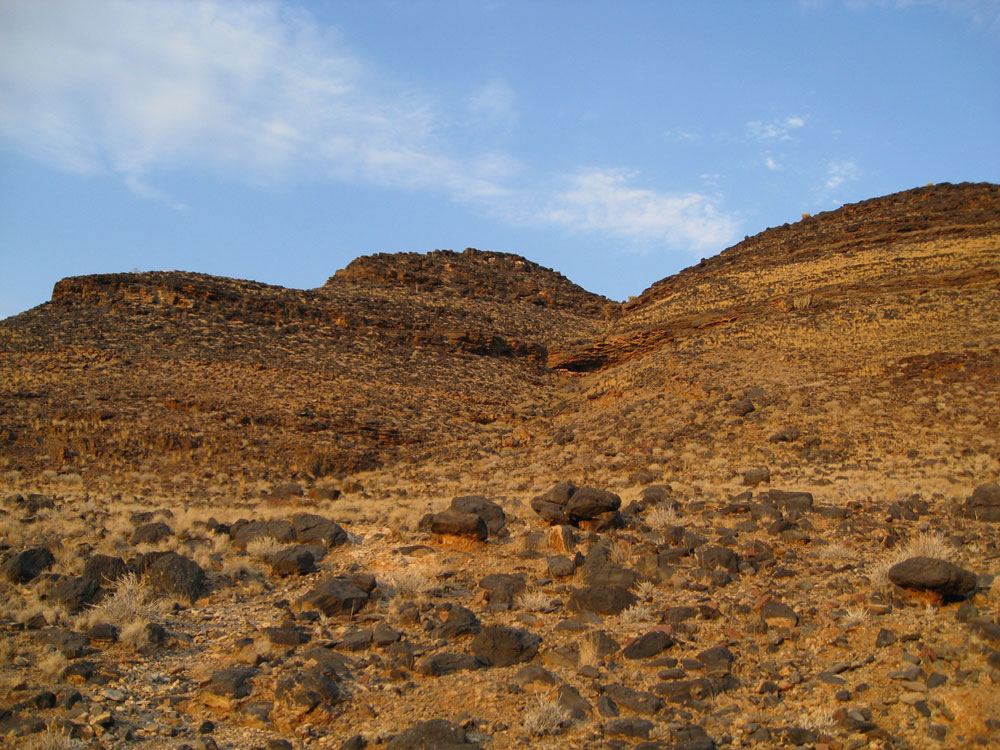

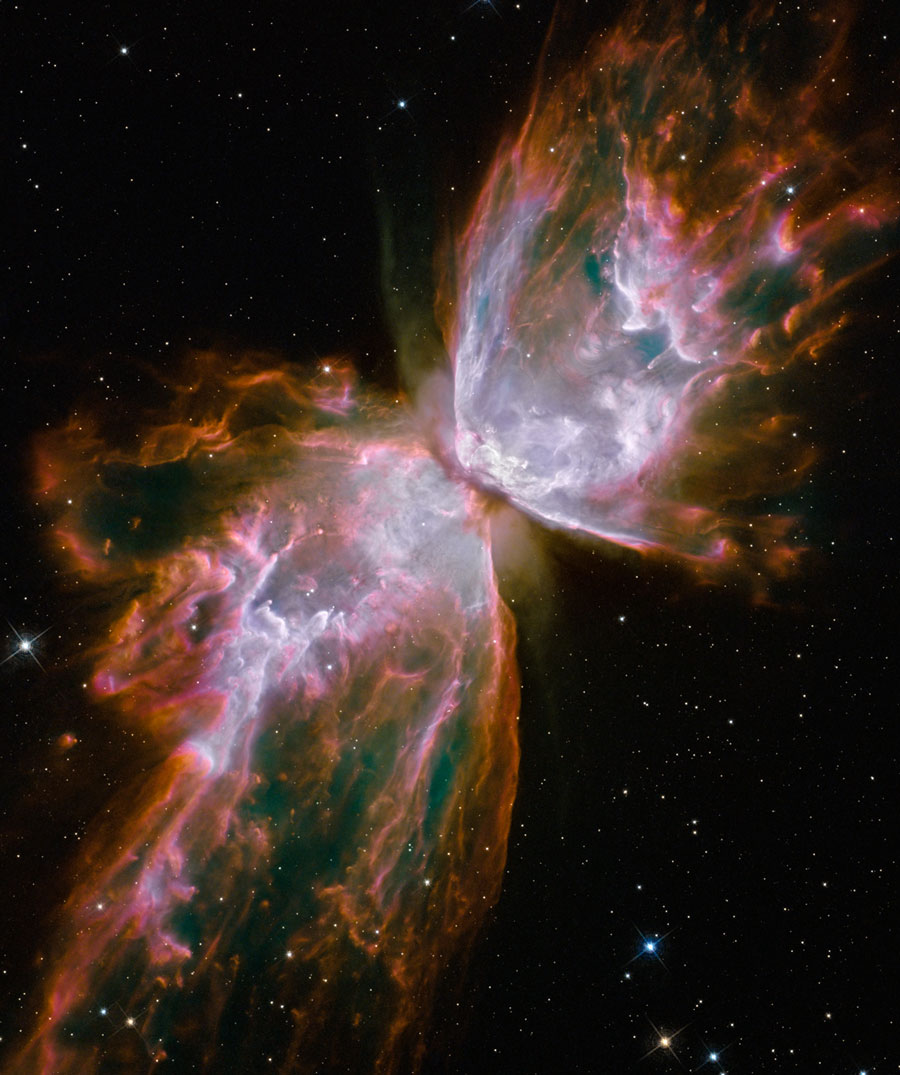
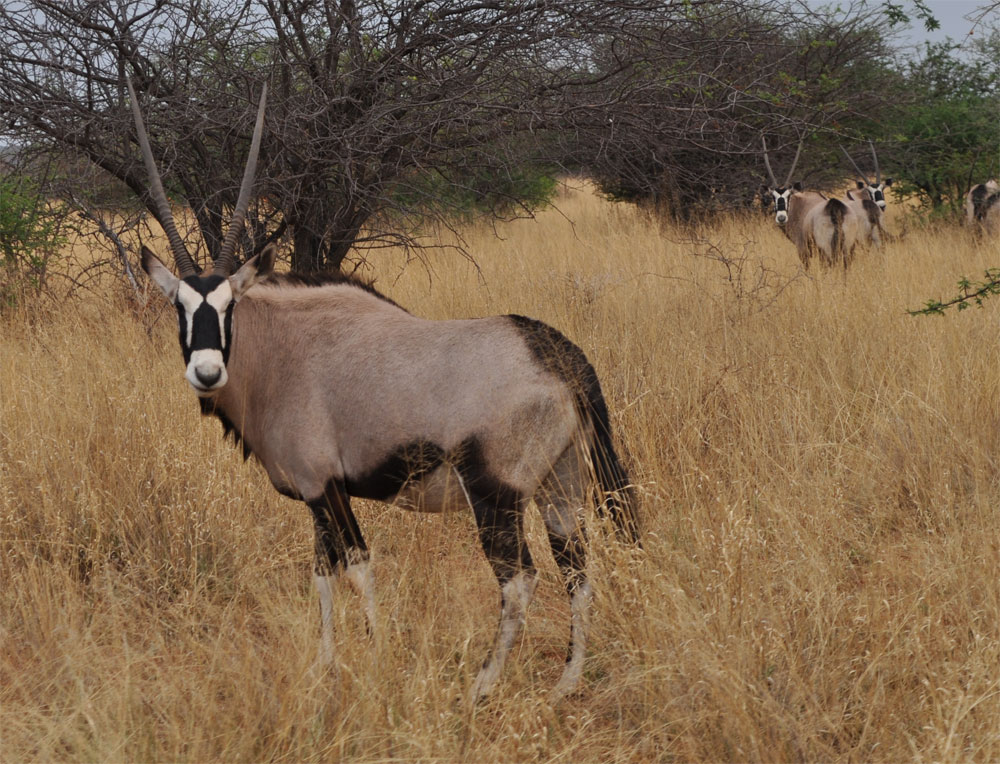
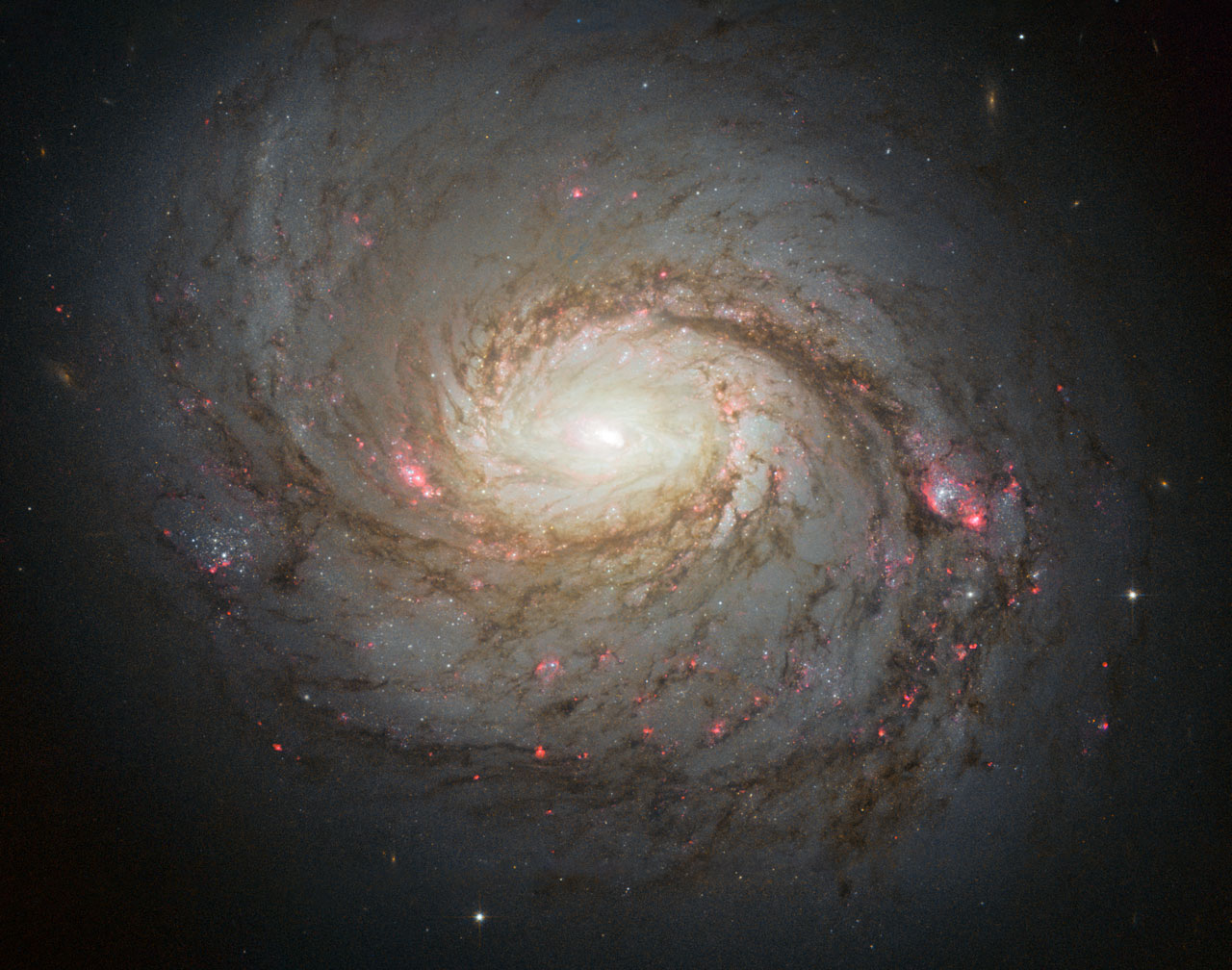
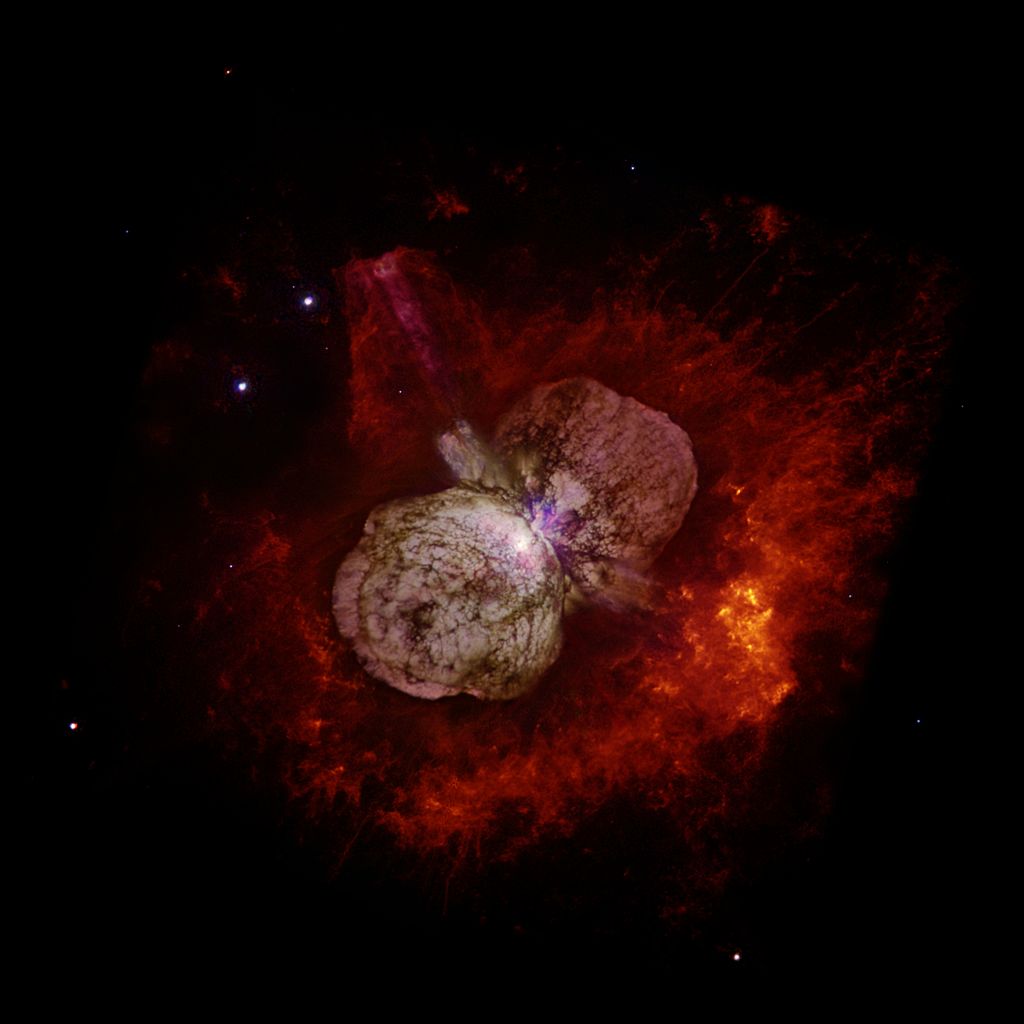

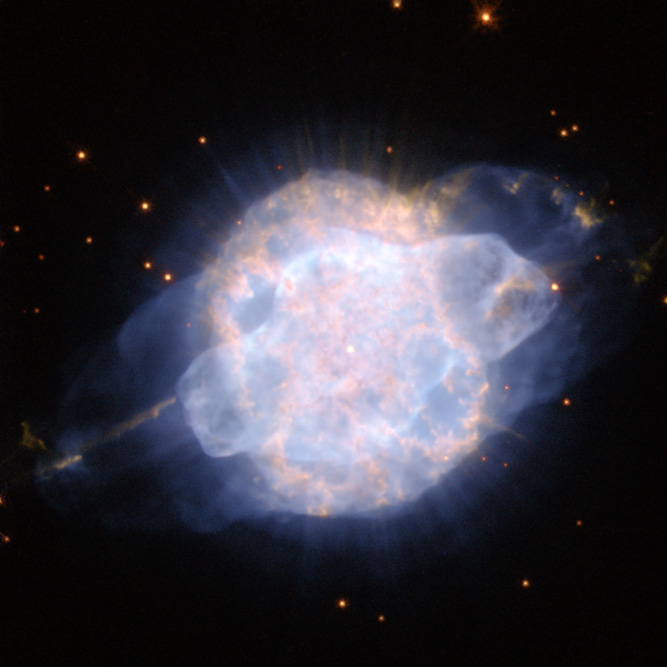
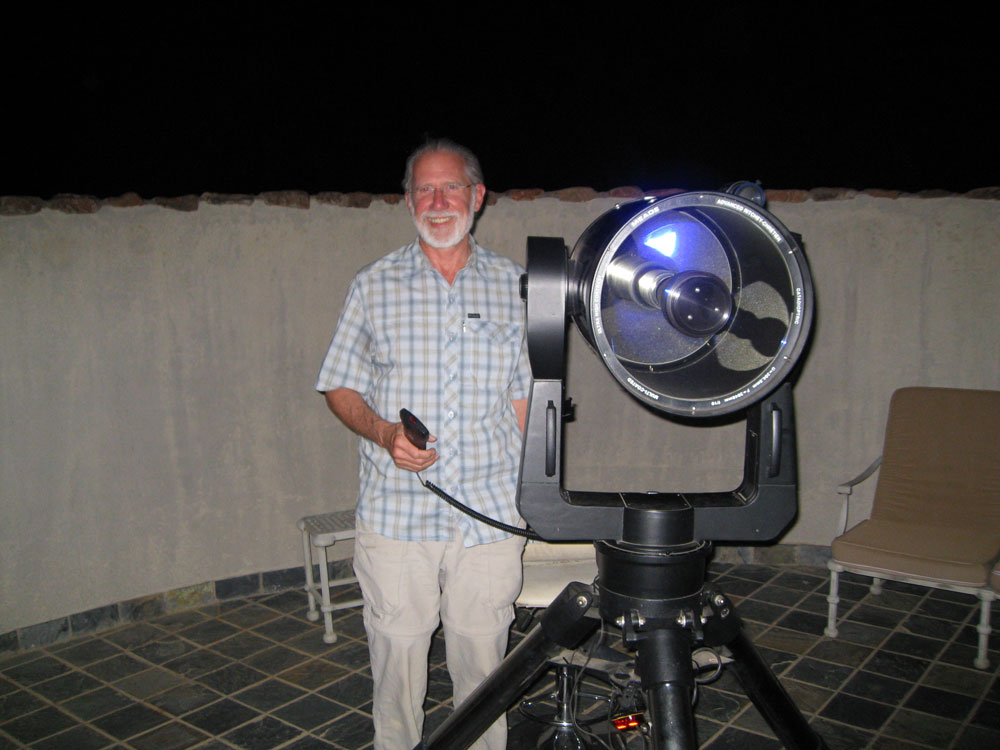
Pingback: Stargazing under fantastically dark Namibian Skies – Night 2 | Alpha Lyrae
Messier 77 & Eta Carinae very impressive but embarrassed to say I have never heard of either!!
Even so very good reading!